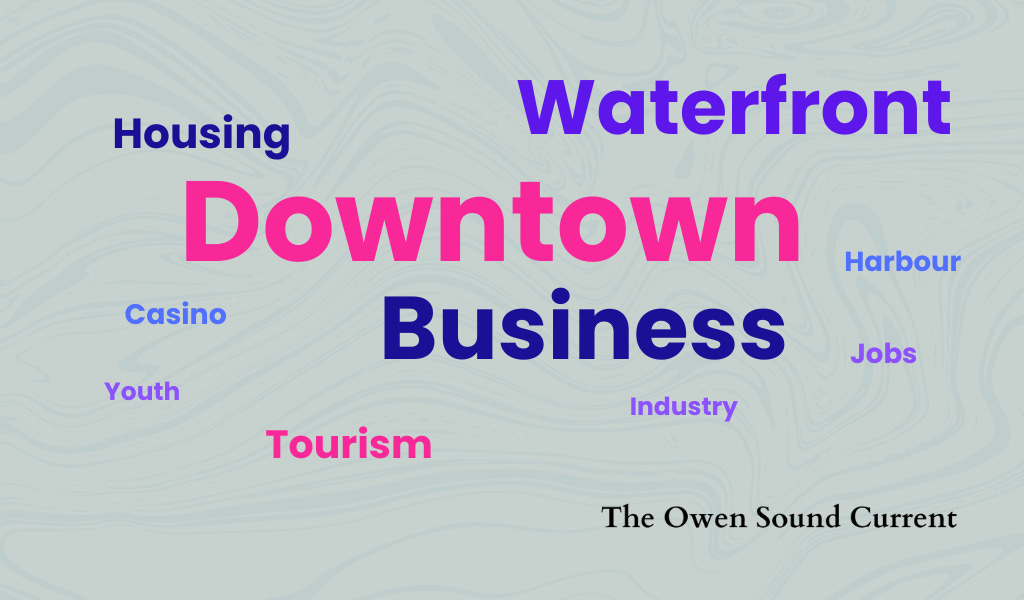Vision 2050 Report Part 5: Missed Opportunities Owen Sound Residents Want Action On
City of Owen Sound survey results show consensus and impatience: residents want action on long-standing opportunities.
In Part 1 of our Vision 2050 report, we released the City of Owen Sound’s 2024 ‘Vision 2050’ community survey responses and dug into responses on whether Council’s existing priorities should be reframed.
In Part 2, we explored additional priorities community members want to see reflected by Council. Part 3 asked what strengths we’re underusing, and Part…
Keep reading with a 7-day free trial
Subscribe to The Owen Sound Current to keep reading this post and get 7 days of free access to the full post archives.



